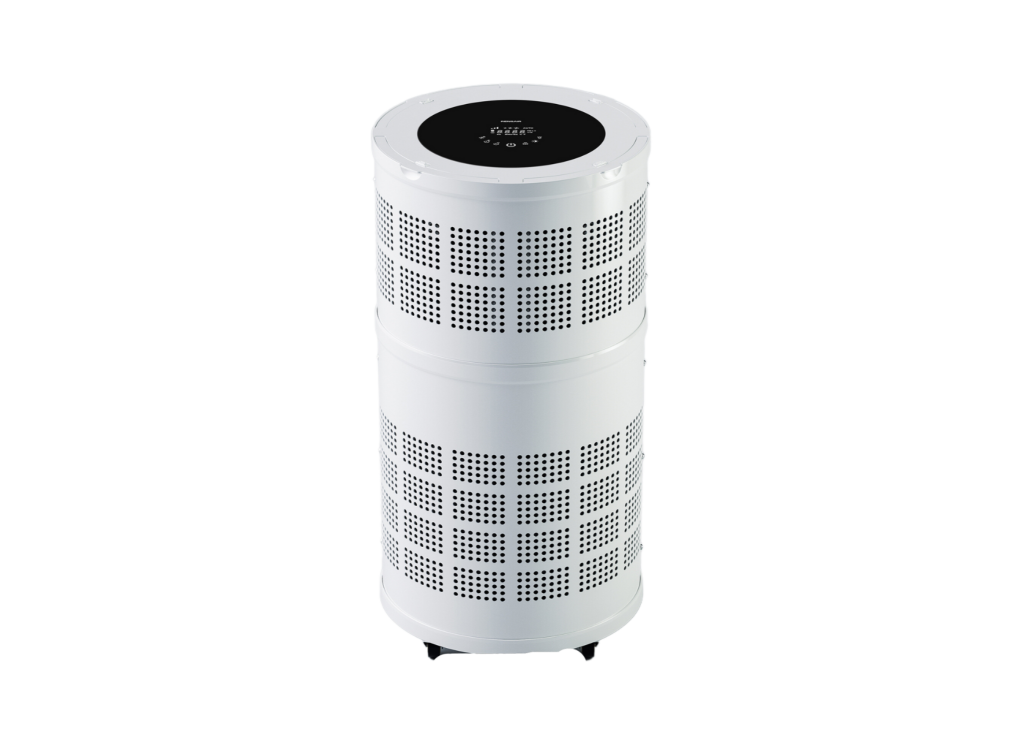Do Air Purifiers Really Work? 7 Myths and Facts You Should Know

We spend most of our time indoors—at home, at work, or in public buildings. But did you know that indoor air can be more polluted than outdoor air? Dust, pollen, smoke, pet dander, and even bacteria float around in enclosed spaces. That’s why many people turn to air purifiers for cleaner air.
So, do air purifiers really work, or are they just another overhyped gadget? In this blog, we separate fact from fiction, debunk common myths, and explain what air purifiers can and can’t do.
How Do Air Purifiers Work?
Air purifiers clean indoor air by drawing it in, trapping harmful particles, and releasing cleaner air back into the room. These particles can include dust, pollen, smoke, pet hair, and even some germs.
Most air purifiers use filters—especially HEPA filters (High-Efficiency Particulate Air), which capture small particles such as dust mites, pollen, and pet dander. These are key triggers for allergies and asthma.
Some air purifiers also include:
- Activated Carbon Filters: Absorb odours, smoke, and chemicals (VOCs) from paint or cleaning products.
- UV-C Light or PECO Technology: Kill or break down bacteria and viruses, especially in high-risk environments.

Common filtration methods include:
- True HEPA Filters: Capture 99.97% of particles 0.3 microns and larger.
- HyperHEPA Filters: Capture ultrafine particles down to 0.003 microns with 99.5%+ efficiency.
- Activated Carbon Filters: Absorb odors and gases.
- Ionisers: Release charged ions that attach to particles, causing them to fall out of the air.
- UV-C Light: Destroys bacteria and viruses by damaging their DNA.
- Photocatalytic Oxidation: Breaks down pollutants at the molecular level.
Note: For best results, combine air purifiers with good cleaning habits and proper ventilation.
7 Common Air Purifier Myths Debunked
Myth 1: All Air Purifiers Work the Same
Not true. Different purifiers use different technologies, each targeting specific pollutants:
- HEPA filters: Capture particles like dust and pollen.
- Carbon filters: Remove odours and gases.
- Ionisers: Electrically charged particles to trap them.
- UV-C light: Kills microorganisms.
Choosing the wrong type may yield poor results. Always match the purifier to your specific needs.
Myth 2: Air Purifiers Cure Allergies and Asthma
While air purifiers reduce allergens and irritants (like pollen, pet dander, and mold), they don’t cure these conditions. They help manage symptoms but aren’t a replacement for medical treatment.
Myth 3: You Don’t Need to Clean or Replace Filters
False—neglecting filter maintenance can render your purifier ineffective and even recirculate pollutants.
- Wash washable filters monthly.
- Replace disposable filters every 6-12 months, or as directed.
Myth 4: Air Purifiers Are Just a Marketing Trick
High-quality purifiers are backed by research and widely used in hospitals, schools, and homes. They’re especially beneficial for those with:
- Asthma
- Allergies
- Breathing issues
They also help in regions with high air pollution.
Myth 5: One Small Purifier Can Clean the Whole House
Choose the right size based on room area:
| Room size | Purifier type |
| Small | Compact |
| Medium | Standard |
| Large | High-CADR unit |
Myth 6: Opening Windows Makes Air Purifiers Useless
While open windows let in fresh air, they also bring in new pollutants. Air purifiers still help by filtering incoming contaminants.
- Best: Use with windows closed.
- Okay: Use with limited ventilation.
Myth 7: Air Purifiers Remove Viruses Completely
Not all air purifiers can handle viruses. Basic models may not be effective, but advanced systems with UV-C or PECO technology can destroy viruses at the molecular level.
How to Choose the Right Air Purifier
When choosing an air purifier, consider:
- Pollutants to Remove: Pet dander? Smoke? Allergens?
- Room Size: Check the product’s coverage area.
- Filter Types: Look for:
- True HEPA filters
- Activated carbon
- Washable pre-filters
- Noise Levels: Choose models with quiet or sleep modes for bedrooms/offices.
- Energy Efficiency: Look for the Energy Star label or energy-saving models.
Components of Rensair’s Filtration System
Rensair offers advanced commercial-grade air purifiers tailored for demanding indoor environments. Our multi-stage system includes:
- H13 HEPA Filter: Captures 99.97% of particles as small as 0.1 microns, including bacteria, viruses, pollen, and mold.
- 18W UVC Light: Centrally located within the HEPA cylinder, this germicidal lamp breaks down DNA/RNA of pathogens trapped in the filter.
- Pre-Filters + VOC Filters: Capture larger particles and remove harmful gases like formaldehyde and nitrogen oxides.
- 360° Airflow Design: Pulls in air from all sides and evenly distributes clean air for full-room coverage.
- Smart Demand Controlled Ventilation (SDCV): A patented system that reduces ventilation-related energy consumption by at least 40%, enhancing sustainability.
Conclusion: Yes, Air Purifiers Work—If Used Right
Air purifiers are an effective solution for improving indoor air quality. They help reduce dust, allergens, and pollutants, creating a cleaner, healthier environment. But they work best when combined with proper filter maintenance, cleaning habits, and correct usage.
Whether you’re protecting office staff, patients, or students, Rensair offers medical-grade air purification that ensures safety, compliance, and energy efficiency.
Contact us today for a free personalized air quality assessment and discover how Rensair can help your workplace breathe easier—literally and financially.
